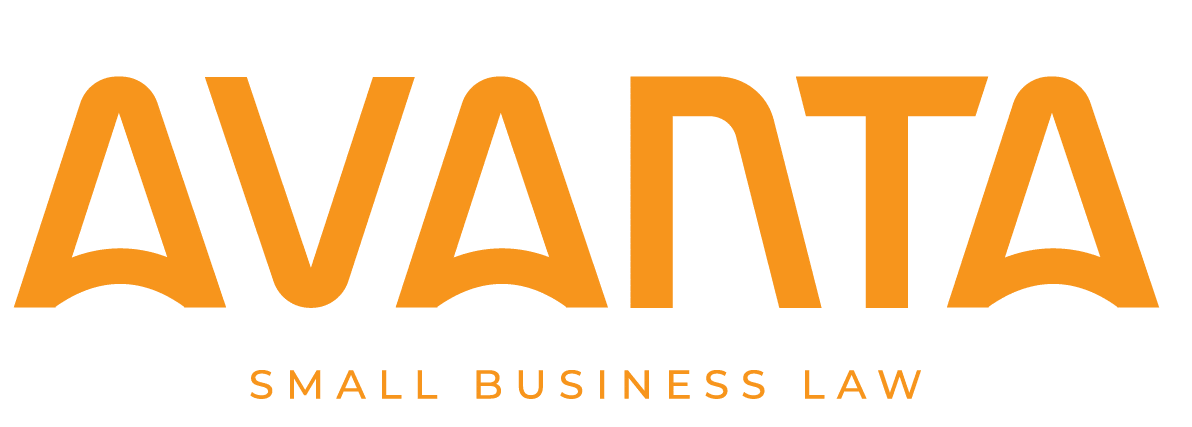
Why can’t you put on a blindfold and headphones regarding workplace harassment? If you fail to investigate any hint of workplace harassment, you risk everything. It’s that simple. Your business could fall apart if you catch wind of someone acting inappropriately and you do nothing. We may want to believe that adults will always act professionally in the workplace, treating their colleagues and subordinates with respect, compassion, and fairness. However, the reality is that all too often, those behaviors that were so prevalent in Jr. High School tend to resurface in adulthood.
Don’t believe me? Consider this: In 2021, the Equal Employment Opportunity Commission (EEOC) received over 25,000 charges of harassment, resulting in over $140 million in payouts to complainants. What is harassment exactly? A hostile work environment is considered harassment and is not limited to sexual harassment. A harassment claim for a hostile work environment includes protected activities such as race, disability, age, etc. Harassment in the workplace will result in potentially disastrous consequences for your business.
So, What Can You Do About Workplace Harassment?
First, it is essential to realize that there are some protections for employers if they exercise reasonable care to prevent and correct harassment in their workplace. In other words, you may not pay as much in damages. It always comes down to money; taking steps to protect the workplace from harassment is vital since you can’t control others.
The Faragher defense comes from the Faragher v. City of Boca Raton U.S. Supreme Court case, where the Court established a defense for employers in the case of supervisors harassing employees. A “supervisor” is anyone with authority to hire, fire, or change an employee’s wages. Employers have a defense IF;
- The employer “exercised reasonable care to prevent and correct promptly any sexually harassing behavior,”
- The employee failed to take advantage of the company’s established procedures to prevent or correct the behavior,
- There has not been any employment action that might signal retaliation for complaints, such as firing, demotion, or an undesirable reassignment.
Employee Harassment
In addition to supervisors, there is the possibility of an employee harassing another co-worker. When employers or supervisors are on notice of harassment occurring in the workplace, they are obligated to investigate and correct any such behavior promptly. To be on notice, the employer must have known or should have known that harassment was occurring.
To meet these requirements, employers must;
- Have a clear policy prohibiting harassment;
- Conduct training regarding the prohibition of harassment in the workplace for business owners, supervisors, and employees;
- Establish clear procedures for how to address instances of harassment;
- Ensure clear communication of these policies and procedures that reach all supervisors and employees;
- Promptly investigate when on notice of harassment in the workplace; and
- Take reasonable actions to correct any harassment found to have occurred.
Having these policies in your employee handbook and conducting training for yourself, your supervisors, and employees is a best practice for any small business owner to set the proper tone and avoid liability.
Investigate Even Hints of Harassment
An effective investigative process where the employer promptly addresses complaints of harassment is essential to show that you have acted reasonably. Remember, employers must investigate when they knew or should have known that harassment was occurring.
When Should You Investigate Harassment?
Employers start to investigate when they know that harassment is occurring in the workplace. This knowledge can come to an employer in various ways, including a formal complaint by the employee according to the company’s established procedures. The employee can also file a formal complaint through the EEOC or the State agency governing harassment and discrimination in the workplace.
Perhaps more common are behavioral signals that an employer should be attentive to that might trigger the start of an investigation. But wait, it’s crucial to identify that we are not just talking about the owners when we reference the “employer.” When talking about harassment, the supervisors are considered the “employer.” Anything a supervisor is aware of automatically means the employer knew or should have known. If you, the owner, fail to learn about harassment, but your supervisor knows, you will be liable for damages.
Okay, common signals might be rumors in the workroom, posts on social media, or body language signaling discomfort around particular people. Some simple questions, such as, “Hey, I noticed…Can you tell me about that? Does it bother you?” might be a simple way to start an investigation into something that triggered a concern. Consistent monitoring will help you, as the employer, correct the harassment that might be happening. Looking into even seemingly small actions sends a strong message to everyone that your company does not tolerate harassment.
Who Investigates Harassment and How?
The EEOC provides detailed guidance for employers and explains that the investigative process should be prompt, thorough, and impartial. Training all supervisors on when and how to conduct investigations is vital.
Some questions you might ask the complainant are:
- The Who, What, When, Where, and How questions – seek specifics.
- What exactly was said or done?
- When did this happen, and is it still happening?
- Where did it happen?
- How did you react?
- Has your job been affected in any way?
- Is there any physical evidence, such as notes?
Questions you might ask the alleged harasser:
- What is your response to these allegations?
- If the allegations are false, why might they lie?
- Is there physical evidence, such as notes, regarding the complaints?
The investigator will have to decide who is telling the truth and regarding credibility. The employer must act in the best interest of protecting the business after completing the investigation. If you conclude that harassment occurred in the workplace, then you must take the appropriate corrective measures.
Train Supervisors to Protect the Workplace
Unfortunately, harassment does occur in workplaces throughout the United States. Putting practices and policies in place to prevent and correct harassment in your company is crucial. Set the tone for your business, and follow through with clear expectations about everyone’s responsibility to protect the workplace environment. Training supervisors to promptly and thoroughly address and investigate complaints and signs of harassment is key in providing a safe and healthy workplace for your employees. Do the right thing! Take harassment in your workplace seriously and figure out what you need to do to ensure a safe workplace environment.


